Meat classification
Meat is the result of complex biochemical modifications that occur in the striated muscles and closely connected tissues of animals for slaughter, poultry and game (both furred and feathered). At a commercial level, meats are classified according to color:
- white meats: veal, lamb, kid, pork, rabbit, poultry;
- red meats: ox, horse, mutton, buffalo;
- dark meats: game (wild boar, deer, roe deer, pheasant, partridge, quail, wild duck);
and according to the cut:
- first class meats: fillet, walnut, sirloin, loin, rump (they are the leanest ones with less lipid infiltration);
- second category meats: shoulder and lower parts of the thigh;
- third category meats: neck, abdomen, forelimb.

Select the topic you prefer or continue reading the article.
Average composition of animal MUSCLE
- protein 19%
- non-protein nitrogen compounds 1.65%
- lipids: 2.5% (in a lean, first choice meat)
- carbohydrates: 1.2%
- mineral salts: 0.65%
- vitamins: traces
Water content:
- 4% bound water (it is "trapped" in the polar chains of amino acids by electrostatic attraction);
- 96% free water (it is not retained by chemical bonds but only mechanically by the muscle fibers and connective tissue).
The normal ratio of water to protein must be between 3.5 and 4; higher values may indicate fraudulent treatments to increase the weight of the meat (immersion in water, injection of liquids into the muscle mass, in vivo administration of estrogen).
Proteins
The meat is rich in noble proteins with a high biological value, inferior only to the proteins of egg and whey. The limiting amino acids are sulphurates.
Meat proteins can be divided into:
- myofibrillaries (contractile): 51.5% (myosin, actin), determine the softness of the meat, the degree of water retention, therefore also its tenderness.
- Sarcoplasmic: 32.5% (myoglobin, hemoglobin, metabolic enzymes)
Stomatics: 16% (collagen, elastin), during cooking, especially in boiled meats, the collagen initially stiffens and then gelatinizes and softens to form that thin gelatinous layer that we find, for example, around broth meat. - Non-protein nitrogen compounds: free amino acids, dipeptides, oligopeptides, nucleotides, purine and pyrimidine bases, creatine, creatinine, amines, urea ammonia. They combine to give particular aromas to the meat.
Nutritional values for meat »
Other Foods - Amatriciana Meat Lamb - Lamb Meat Duck - Duck Meat Pork Chop Florentine Steak Boiled Broth Raw Meat Red Meat White Meat Beef Horse Meat Rabbit Meat Pork Meat Vegetable Meat Lean Meat Sheep and Goat Meat Carpaccio Ribs Cotechino Cutlet Snails or land snails Pheasant and Pheasant meat Guinea fowl - Guinea fowl meat Pork fillet Chicken Hamburger Hot Dog Kebab Patè Chicken breast Turkey breast Chicken - Chicken meat Meatballs Porchetta Quail - Quail meat Ragù Sausage Game Zampone OTHER ARTICLES MEAT Categories Food Alcoholic Meat Cereals and derivatives Sweeteners Sweets Offal Fruit Dried fruit Milk and derivatives Legumes Oils and fats Fish and fishery products Salami Spices Vegetables Health recipes Appetizers Bread, Pizza and Brioche First courses Second courses Vegetables and Salads Sweets and Desserts Ice creams and sorbets Syrups, liqueurs and grappas Preparations of Basic ---- In the Kitchen with Leftovers Carnival Recipes Christmas Recipes Diet Recipes Light Recipes Women's Day, Mom, Dad Functional Recipes International Recipes Easter Recipes Recipes for Celiacs Recipes for Diabetics Recipes for Holidays Recipes for Valentine's Day Recipes for Vegetarians Recipes Protein Regional Recipes Vegan Recipes

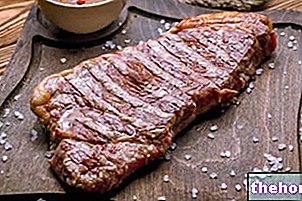
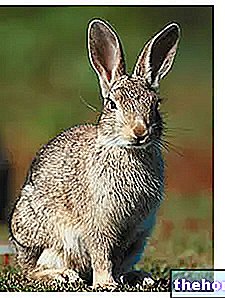
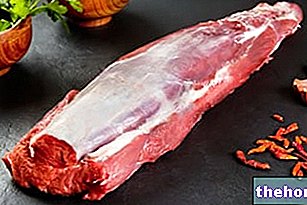
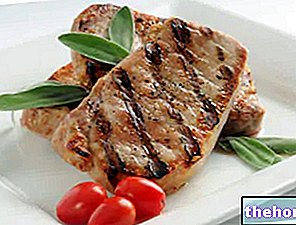
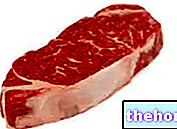
-nelle-carni-di-maiale.jpg)





















